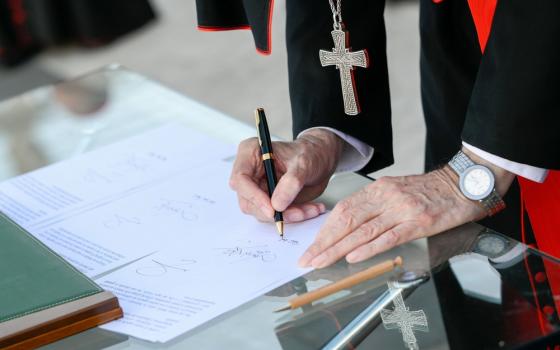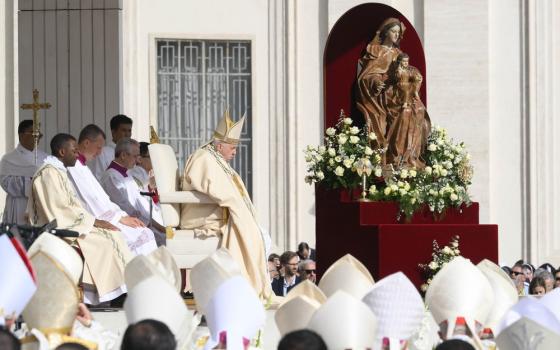With the addition of a batch of cardinals from a wider variety of regions, the top leadership of Catholicism has greater ethnic and geographical diversity than ever before. It's commonly assumed that this is the prelude to more authentic global participation in church policy and that the new batch will bring the concerns of the grass roots more directly to the seat of power. Pope Francis is believed to want this to happen.
It may turn out that way but history shows that it often doesn't work that way. New cardinals from remote and usually underrepresented areas of the church have routinely arrived in Rome as harbingers of reform and soon revealed themselves as stalwart upholders of traditionalism. Occasionally they have come from poor backgrounds, but their training and orientation toward the hierarchy has long put them out of touch with the immediate crises of poverty and spiritual pain. Like the relatively few American executives who place the needs and injustices of their humble beginnings behind them as they climb the ladder in self congratulations, many bishops "graduate" from where they started to join the church elite.
A rough analogy exists at the United Nations. In theory it's a forum for the "world" but that world, despite its grand technicolor and cultural buffet, largely omits the voice of the world's neediest and non-conformist. The range of subject that come before the General Assembly reflect more those of the established echelons of their societies, the sectors they have themselves come from, than the cries of the neglected. Another example of the disconnect is the campaign for college "diversity" especially among elite institutions which have pitiful little of it. The studies show some apparent progress but that the modest increase in black, brown, Asian and Middle Eastern come mostly from the privileged classes. That class identity has molded similar ways of acting and thinking: no substantial diversity there.
The period following the Second Vatican Council provides a sterling case of how diversity doesn't mean a plurality of voices in the church. Under Paul VI, there was fanfare over the "internationalization" of the curia, with non-European and non-white prelates taking over key Vatican offices. Soon most of them had become known as "more Roman than Roman," much as the immigrant can overly identify with his or her new host country's outlook. Whoever aspires to purple and red hats usually takes on the culture of the hierarchy where perspectives are, to say the least, narrow.
After Vatican II, there were cardinals who were bold and outspoken for justice inside and outside the church. Cardinals Arns and Lorsheider from South America, for example, sympathized with liberation theology and seemed to grasp the cause of the oppressed classes. But John Paul II and Cardinal Josef Ratzinger as his trusty enforcer went to war against liberation theology and its advocates so that regional initiative fell into retreat. Breaking through the Roman mind set is a formidable task and if Pope Francis is serious about doing so he's in for a hard struggle. The new cardinals may provide him the energy and conviction of the under classes that will allow him to rearrange bricks in that fortress but it is far from clear that the latest recruits to the college of cardinals will keep whatever commitments they may have made to the church's "outsiders" once they enter the heart of the ruling class.
The reason most of us remember "Mr. Smith" is that when he went to Washington he didn't become Washington like the others. He was tested and held fast, unlike the current crop in Congress which gashed the food stamp allocation, showing in one way how out of touch with everything they are. If the pope keeps his class sensibilities and has managed to recruit like minded allies, bravo.




